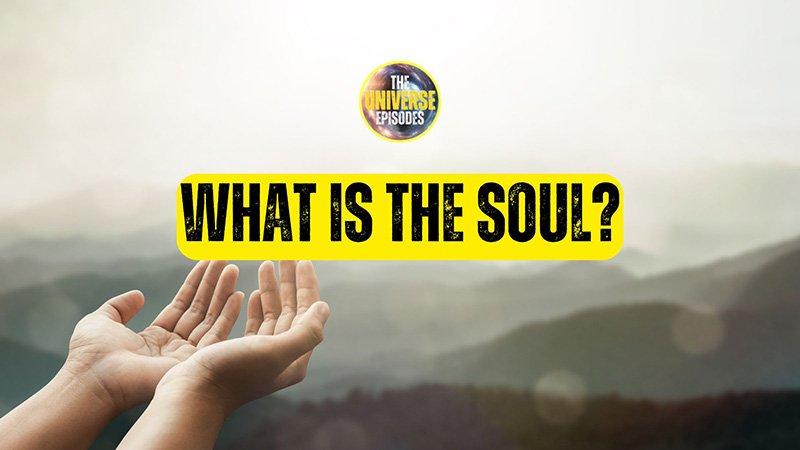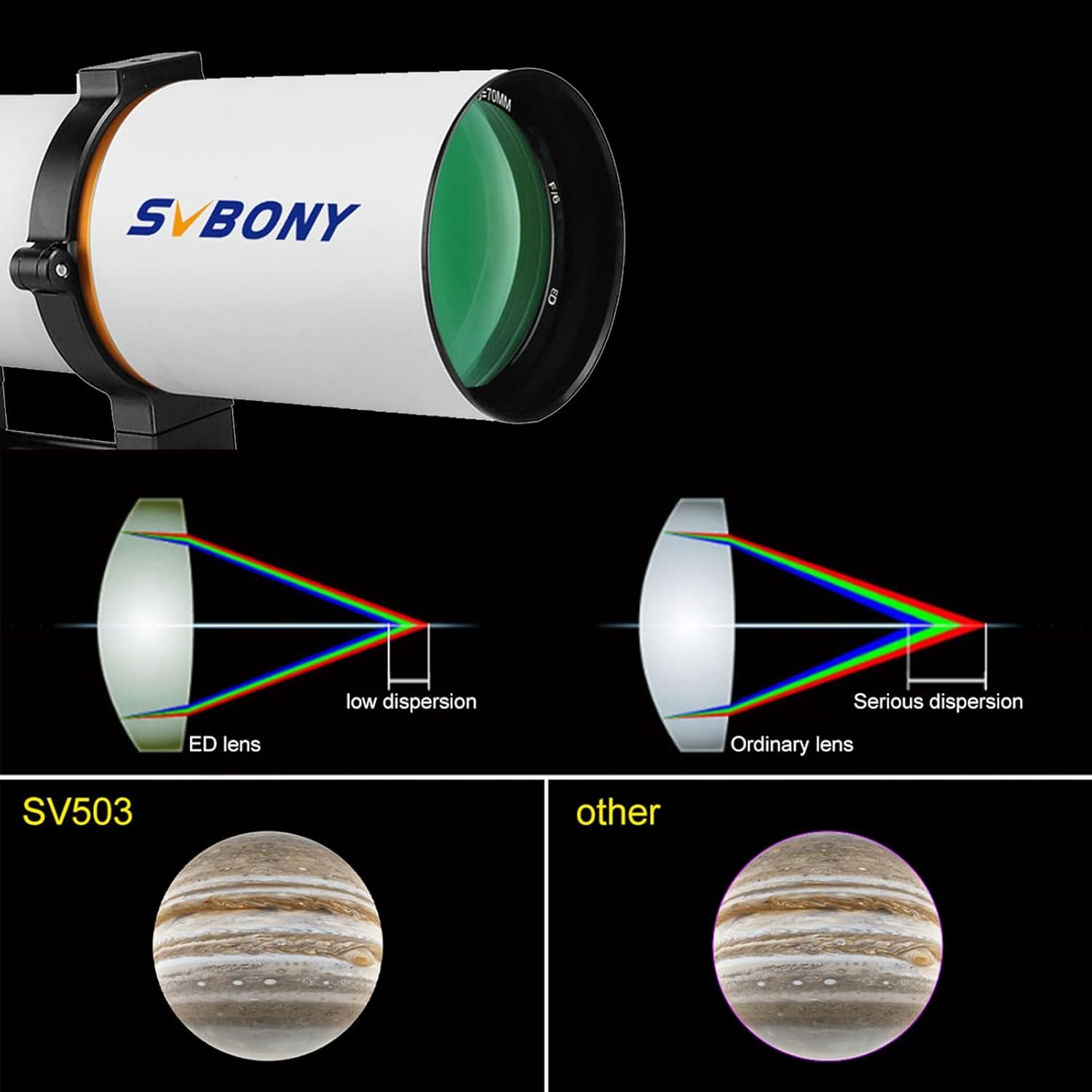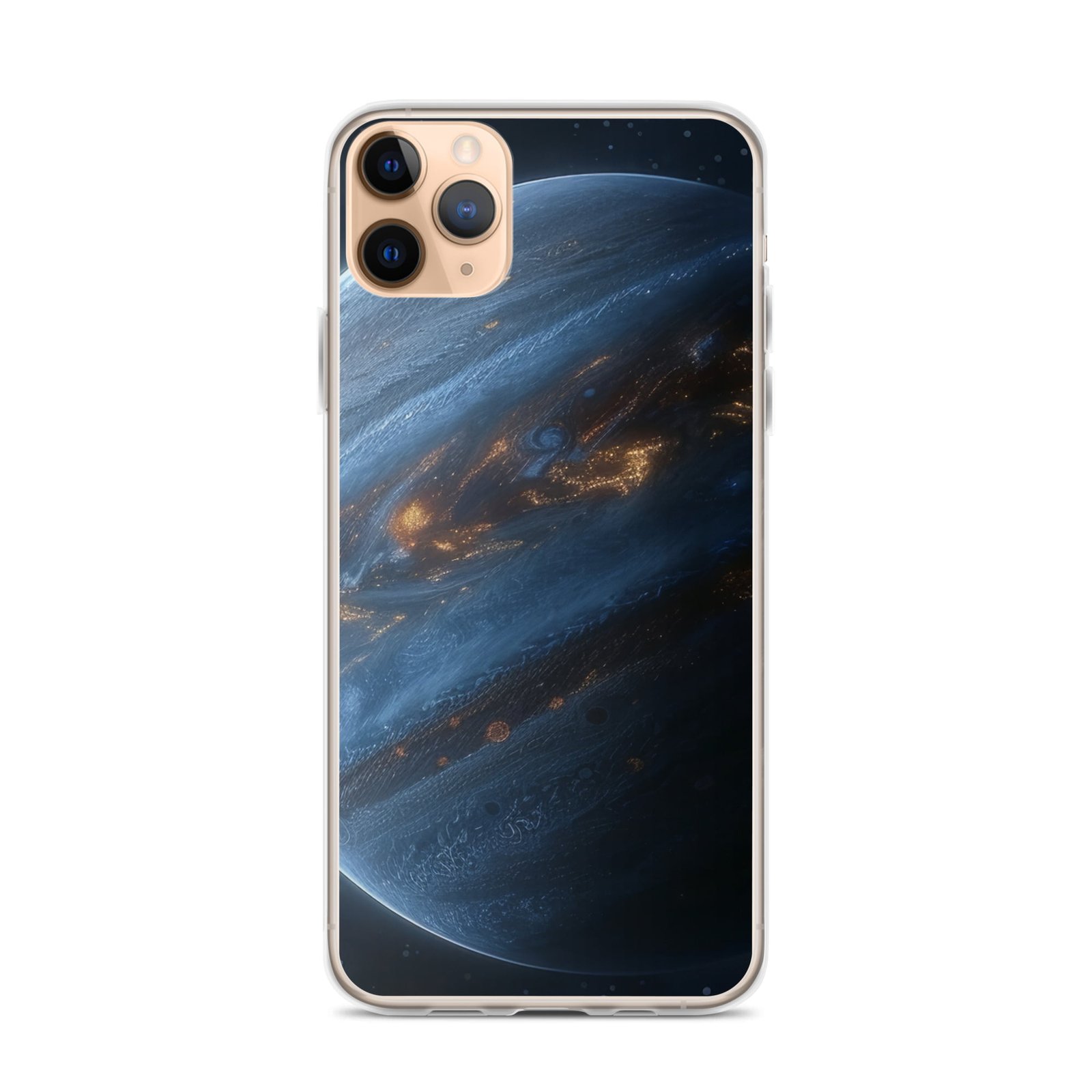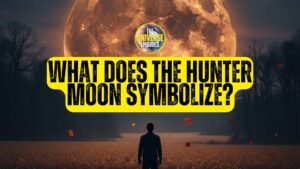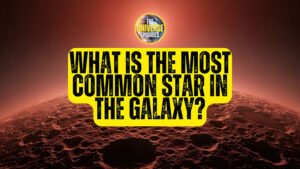What is the soul? Discover its meaning in philosophy, religion, and science—where consciousness, spirit, and human identity intersect.
🔑 Key Takeaways
- The soul is one of humanity’s oldest and most profound ideas, tied to life, death, and consciousness.
- Across cultures, the soul appears as breath, energy, essence, or eternal identity.
- Ancient Egypt, Greece, and India developed unique models of the soul that influenced later religions.
- Philosophy continues to debate whether the soul is immortal or inseparable from the body.
- Science reframes the soul as consciousness and selfhood, but cannot fully explain subjective experience.
- The concept of the soul remains vital, shaping spirituality, culture, and human meaning.
What Is the Soul?
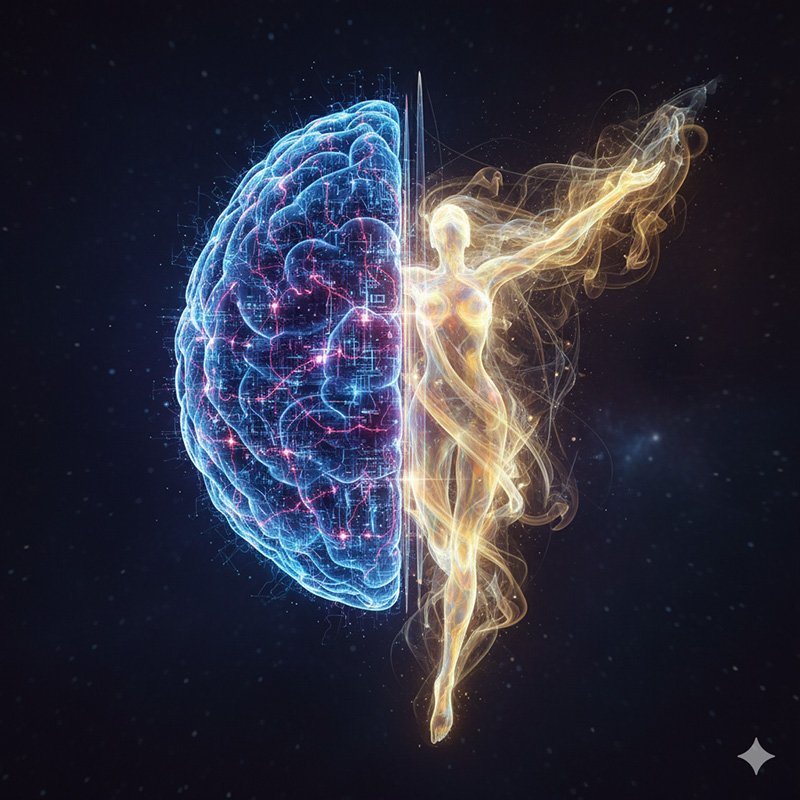
What is the soul? This timeless question connects science, spirituality, and philosophy. From ancient myths to modern neuroscience, the soul has been described as breath, spirit, consciousness, or eternal essence. While definitions differ, the soul represents humanity’s attempt to explain the mystery of life itself—the unseen force that makes us alive.
Soul Meaning: From Breath to Being
- Etymology: “Soul” comes from Old English sawol (Proto-Germanic saiwalo), originally meaning “life” or “animate being.” Some scholars suggest it may have meant “from the sea,” where souls were thought to journey after death.
- Greek Psychē: Originally “breath” or “life force,” evolving into the philosophical idea of an immortal essence (Plato) and then the life-principle inseparable from the body (Aristotle).
- Latin Anima and Spiritus: Both mean “breath,” but anima referred to the life-soul, while spiritus implied divine inspiration.
These roots show the deep connection between breath, life, and soul across languages.
Does the Soul Exist? Ancient Views
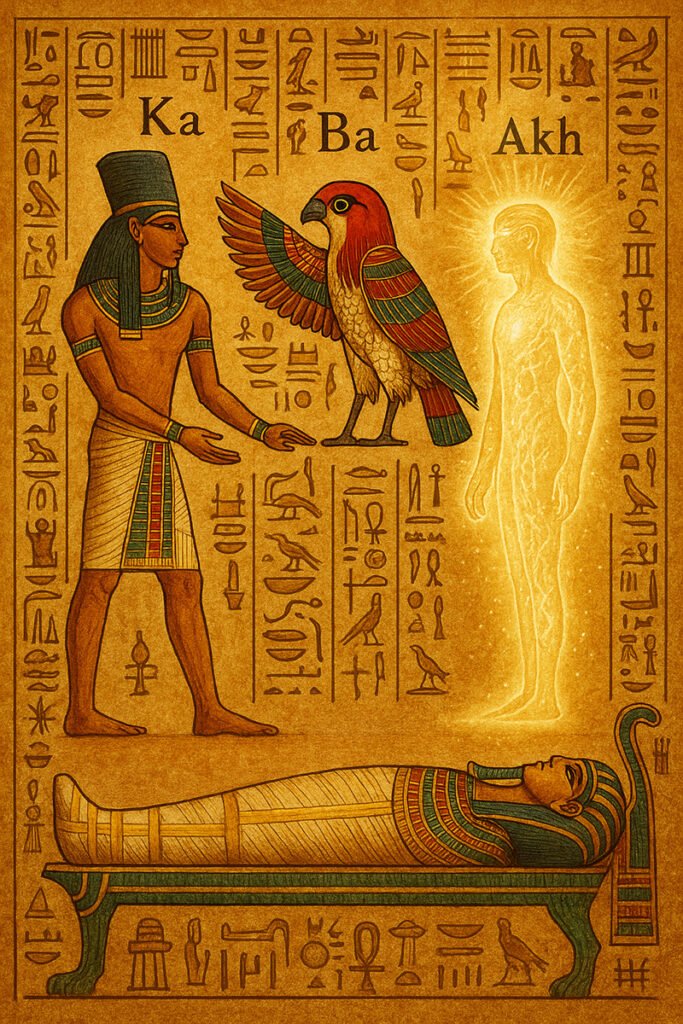
Ancient Egypt
The Egyptians believed in a multipart soul:
- Ka: Vital life force, surviving after death.
- Ba: Personality, depicted as a human-headed bird.
- Akh: Transfigured spirit, formed when Ka and Ba unite.
- Ren, Ib, Sheut, Khat: Name, heart, shadow, and body—each essential for eternal life.
Mummification was not superstition but “spiritual technology” to preserve identity.
Homeric Greece
In Homer’s Iliad and Odyssey:
- Psychē = the final breath leaving at death, becoming a powerless shade.
- Thymos = emotions, courage, will in the living.
Orphics & Pythagoras
Both taught metempsychosis (reincarnation): the soul is divine, trapped in cycles of rebirth. Pythagoras even claimed souls could inhabit animals, plants, or humans.
Soul in Philosophy: Plato, Aristotle, and Descartes
- Plato: The soul is immortal and tripartite—reason (head), spirit (chest), appetite (stomach). Justice is harmony among these parts.
- Aristotle: In De Anima, the soul is the form of the body. He defined three levels: vegetative (plants), sensitive (animals), rational (humans). The soul cannot exist without the body.
- Descartes: Introduced substance dualism: res cogitans (thinking mind/soul) vs. res extensa (physical body). But his model created the unsolved mind-body problem—how can non-physical thought move physical matter?
Soul in Religion: Eternal Questions
Judaism
- Nephesh = life force, tied to the body.
- Ruach = spirit, linked to morality.
- Neshamah = divine spark of intellect and God-awareness.
Christianity
- Soul is immortal, created by God.
- Afterlife: Heaven (union with God), Hell (separation), Purgatory (purification, Catholic teaching).
- Resurrection: At the Second Coming, body and soul reunite in glory.
Islam
- Ruh = divine breath of God.
- Nafs = self/ego, subject to moral struggle.
- After death: the soul enters Barzakh, awaits resurrection and Judgment Day → Paradise or Hell.
Hinduism
- Atman = eternal self, identical to Brahman (universal reality).
- Trapped in samsara (rebirth cycle) under karma.
- Goal: Moksha (liberation, union with Brahman).
Buddhism
- Anatta = no permanent soul.
- Rebirth is continuity of consciousness, not a fixed entity.
- Goal: Nirvana, extinguishing craving and ending rebirth.
Jainism
- Jiva = eternal soul in all living beings, even plants and microbes.
- Karma is physical matter binding the soul.
- Liberation (moksha) comes through non-violence (ahimsa) and asceticism.
Soul vs Spirit: Are They Different?
 galaxies and cosmic energy, their illuminated aura connecting to the sky—an ethereal scene that invites you to wonder: What is the soul in this vibrant, otherworldly landscape?.” class=”wp-image-21832″/>
galaxies and cosmic energy, their illuminated aura connecting to the sky—an ethereal scene that invites you to wonder: What is the soul in this vibrant, otherworldly landscape?.” class=”wp-image-21832″/>- Soul = personal identity, self, consciousness.
- Spirit = divine life-force, God’s breath.
This distinction explains why Latin used both anima (soul) and spiritus (spirit).
Soul and Consciousness: A Scientific Lens
Modern science reframes the soul as mind and consciousness.
Neuroscience
- Phineas Gage (1848): Frontal lobe injury changed his personality completely. His “soul” seemed altered when his brain was damaged.
- Alzheimer’s Disease: Progressive brain decay erases memory and identity, showing selfhood depends on neural health.
Psychology
- Self as Construct: Identity forms through cognition and society, not a hidden essence.
- Carl Jung’s Model: Ego (conscious identity), personal unconscious (memories), collective unconscious (universal archetypes like Shadow, Persona, Self). Individuation = integrating all parts into wholeness.
Philosophy of Mind
- David Chalmers’ Hard Problem of Consciousness: Why does brain activity create subjective experience? Why does life feel like something?
Soul Symbolism in Culture
- Birds: Freedom of the spirit (Egypt’s Ba, Greek winged psychē).
- Butterflies: Transformation (the word psychē also means butterfly in Greek).
- Shadow: The double, inseparable from body (Egypt’s Sheut).
- Breath: The universal sign of life, mirrored in etymology.
In Literature & Art
- Homer: Souls as weak shades in Hades.
- Dante’s Divine Comedy: Allegory of the soul’s journey—Inferno, Purgatory, Paradise.
- Symbolist Art: 19th-century painters created “portraits of the soul,” depicting moods and inner states.
In Modern Culture
- Soul Music: African American genre expressing deep emotion and authenticity. Here, “soul” means essence and passion.
Firsthand Reflection: Why I Still Ask “What Is the Soul?”
Looking up at the stars, I often wonder: if we are stardust, why do we long for meaning? Science explains the cosmos, yet cannot explain why awe exists. For me, that feeling—the search for purpose and connection—is what people call the soul.
Frequently Asked Questions (FAQ)
What happens to the soul after death?
Traditions vary: heaven/hell, reincarnation, dissolution. Science cannot confirm, but the question endures.
Is the soul the same as consciousness?
Not exactly. Consciousness is measurable awareness; “soul” includes spiritual and cultural meaning.
Do all living things have a soul?
Yes in Jainism and Hinduism (even plants), but in Abrahamic faiths, typically only humans have immortal souls.
Can science prove or disprove the soul?
No. Neuroscience explains brain functions, but the “hard problem” of subjective experience remains unsolved.
What is the difference between soul and spirit?
Soul = personal self; spirit = divine life force. Both terms overlap but carry distinct meanings.

